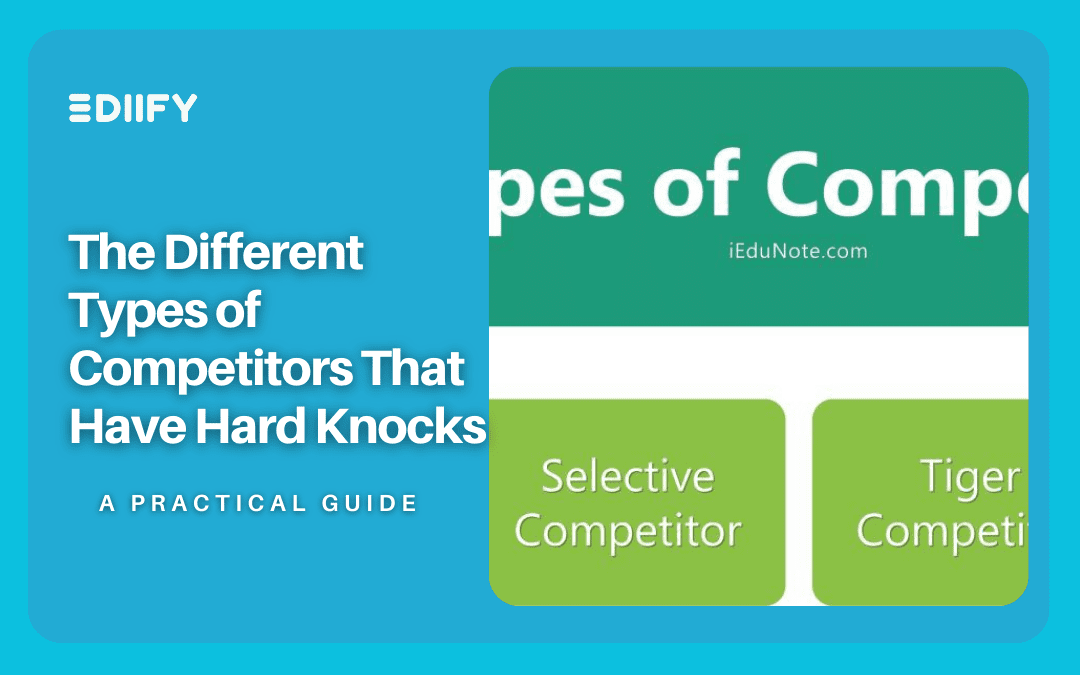
The Psychology of Competition: 4 levels of competitors
Introduction:
In the dynamic realm of business, competition stands as a constant force, shaping strategies, driving innovation, and ultimately determining success. As companies endeavor to establish their identity and flourish within their respective industries, it becomes imperative to comprehend the intricacies of the competitive landscape. A useful approach to categorizing and analyzing competitors involves identifying them at different levels. This blog explores the four levels of competitors, shedding light on how businesses can navigate these layers to gain a strategic advantage. 4 levels of competitors.
1. Level 1: Direct Competitors
Direct competitors are the most conspicuous and easily identifiable rivals. They operate in the same industry, offer similar products or services, and target the same customer base. Businesses at this level share the same market space and often engage in intense rivalry for market share. Analyzing direct competitors involves assessing their strengths, weaknesses, and market positioning to devise strategies that differentiate your offerings. 4 levels of competitors.
2. Level 2: Indirect Competitors
Indirect competitors may not provide identical products or services, but they address the same customer needs or offer alternative solutions. Understanding indirect competitors is critical, as they can influence market demand and consumer choices. Recognizing these alternatives enables businesses to anticipate shifts in consumer preferences and adjust their strategies accordingly. Collaborations or strategic alliances with indirect competitors may also present mutually beneficial opportunities. 4 levels of competitors.

3. Level 3: Potential Competitors
Potential competitors are entities not currently in direct competition with your business but have the capability to enter the market. This level demands foresight and the ability to identify emerging trends, technologies, or market shifts that could attract new players. Staying vigilant about potential competitors allows businesses to adapt and innovate proactively, ensuring they maintain a competitive edge in the long run. 4 levels of competitors.
Take a look at the competitors of marketing
https://marketing-insider.eu/types-of-competitors/
4. Level 4: Future Competitors
Future competitors are the most abstract and challenging to predict. These are entities that may not even exist yet but could disrupt the market with groundbreaking innovations or paradigm shifts. Businesses that actively monitor industry trends, invest in research and development, and foster a culture of innovation are better positioned to anticipate and respond to future competitors. Flexibility and adaptability become key assets in preparing for the unknown.

Conclusion:
In the intricate web of business competition, recognizing and understanding the four levels of competitors is a strategic imperative. Direct competitors demand vigilance and agility, indirect competitors require a keen understanding of market dynamics, potential competitors necessitate foresight, and future competitors mandate a commitment to innovation. By navigating these layers thoughtfully, businesses can not only defend their market position but also seize opportunities for growth and sustained success in the ever-evolving business landscape. As industries continue to evolve, the ability to navigate and leverage these competitive levels becomes a hallmark of resilient and thriving enterprises.
Take A look at the strategy to unlock potential levels
https://ediify.com/project/levels-of-strategy-unlock-your-potential/




